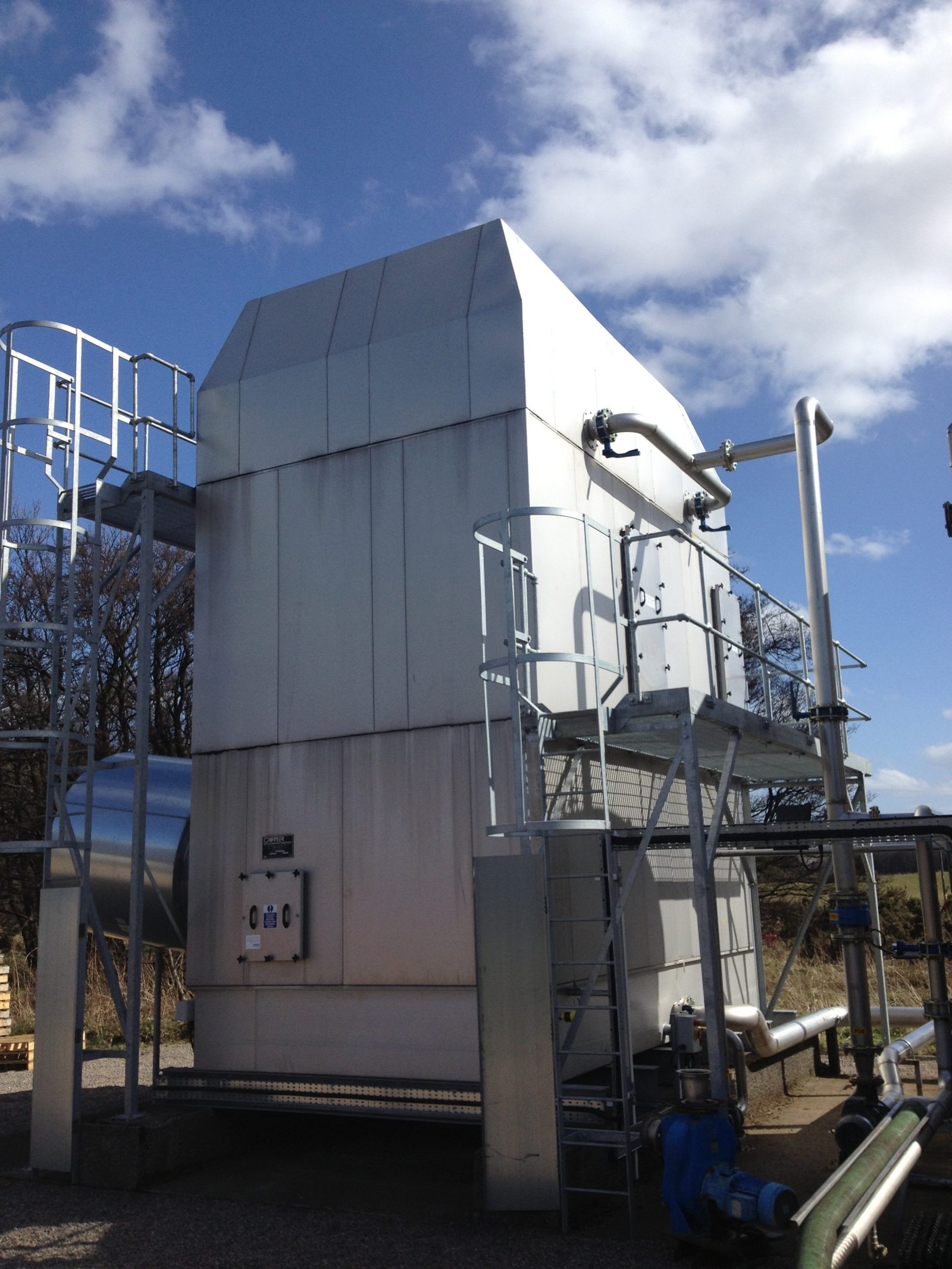Cooling systems can become infected with legionella bacteria. Whilst this can be managed and treated effectively, failure to address the issue can have very serious consequences, for people and for your company.
Unmanaged and untreated legionella bacteria in cooling towers can pose a huge risk to human health and can also kill off all of the goodwill and reputational benefits that you and your team have worked hard to achieve.
The Solution
Preventing legionella bacteria in cooling towers can be achieved by calling on specialists to deliver a comprehensive service package, to ensure your business takes an all-encompassing approach, from initial commissioning and throughout a plant’s lifecycle.
Is Action Necessary?
Responsibilities relating to the prevention and management of legionella bacteria must be taken seriously. Failure to do so can harm people and your business and could even lead to prosecution.
HSG247 part 1 covers legionella control guidance, as does The Control of Legionella Bacteria in Water Systems or the Approved Code of Practice L8 2013.
If it is shown that you have failed to comply with approved practices and guidance, thereby putting public health at risk, this evidence could be bought up in criminal proceedings addressing negligence claims.
To avoid this risk, cooling towers must be maintained and designed in accordance with the Approved Code of Practice. It is also necessary to ensure the existence of a comprehensive water cooling tower treatment package, including continual legionella risk assessments and the management and treatment of any issues that arrive.
This type of ongoing water cooling tower treatment is especially important given the open-circuit nature of cooling towers, which make them particularly prone to legionella infection.
Assessing the Risk
An effective cooling tower water treatment plan should start with a complete risk assessment and the compilation of a scheme of precautions, which should be noted in a logbook as required by the ACoP L8 code of practice.
It is vital to seek quality professional advice in assessing the risk, as well as when it comes to choosing the right water treatment services to meet your needs.
The options available include non-chemical water treatments and chemical alternatives. There is also the option to choose an environmentally-friendly choice, such as services making use of Wallenius Advanced Oxidation Technology (AOT). This is a means of controlling bacterial growth whilst reducing the use of chemicals and minimising the potential environmental impact of the operation.
Choosing the right specialist help and treatment option is undoubtedly vital in ensuring that both human health and your company’s reputation are protected from the potentially devastating effects of the legionella bacteria. Fortunately, there are also plenty of cost-effective options available and, whatever the cost, it will always be money well spent.

























